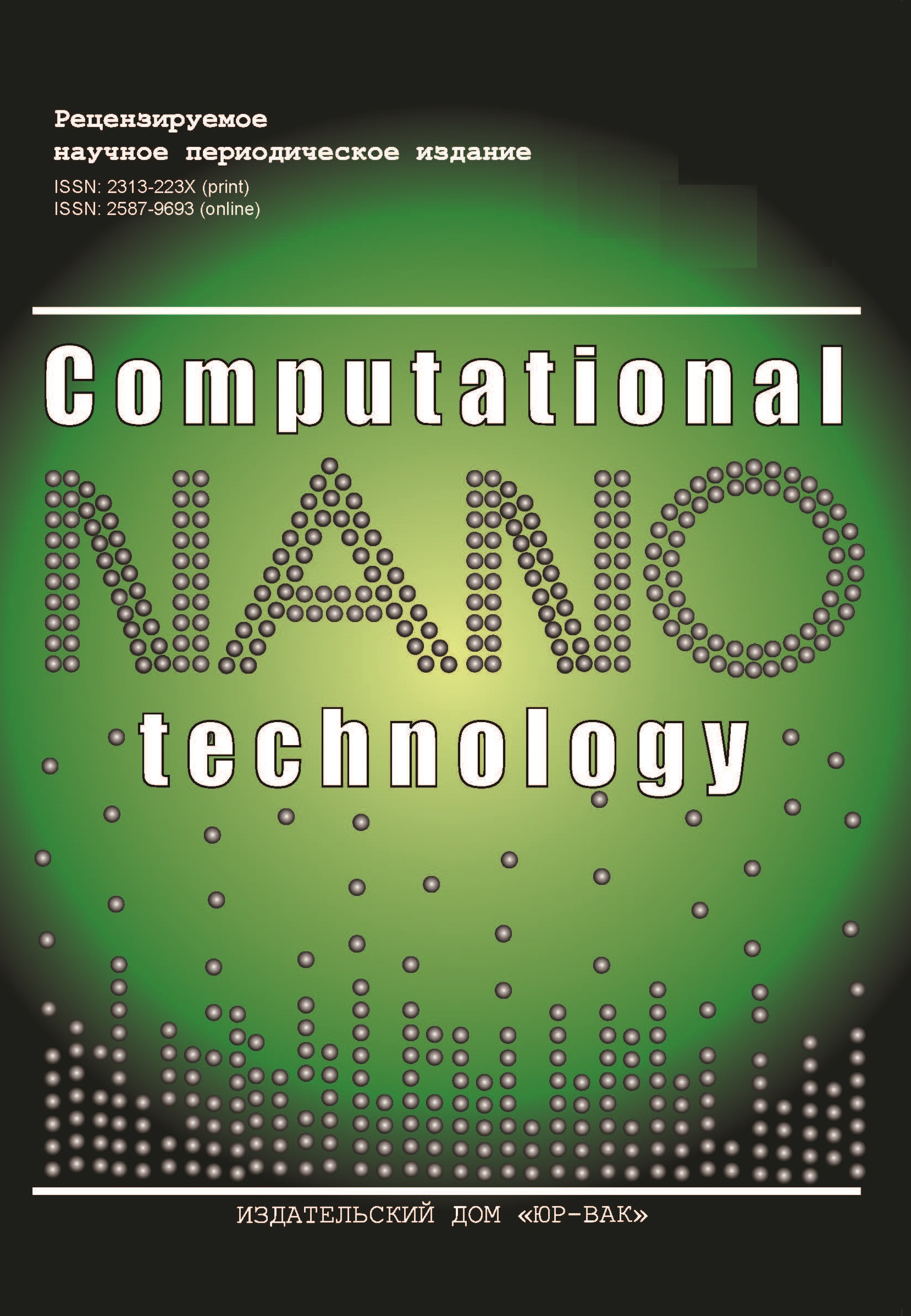Identification Algorithm Faces and Criminal Actions
- Authors: Hadi N.M.1
-
Affiliations:
- Russian Technological University MIREA
- Issue: Vol 9, No 3 (2022)
- Pages: 19-31
- Section: Articles
- URL: https://journals.eco-vector.com/2313-223X/article/view/529852
- DOI: https://doi.org/10.33693/2313-223X-2022-9-3-19-31
- ID: 529852
Cite item
Abstract
Currently, there are a number of unresolved problems in the identification of images. If a person is wearing something on their face, such as a mask or glasses, or at some point part of the face is covered by clothing, hair or an object, then the video surveillance system may lose sight of the person. Identification deteriorates significantly, and recognition of a person occurs only after some time. The purpose of this work is to improve the existing methods of recognition. The paper proposes an algorithm based on the multi-cascade method and the object detection method. This algorithm is able to identify a person by the actions of a criminal nature and by the face by highlighting some parts of the face in the form of squares and rectangles using the computer vision library. As a result of testing, the algorithm showed high detection accuracy using a GPU with 16 GB of video memory.
Full Text
About the authors
Namir Mohamed Hadi
Russian Technological University MIREA
Email: namir.1998@gmail.com
graduate Moscow, Russian Federation
References
- Isolation and recognition of faces [Electronic resource] URL: http://wiki.technicalvision.ru/index.php/Выделение_и_распознавание_лиц (data of accesses: 20.06.2022).
- Wang Q., Wu T., Zheng T., Guo G. Hierarchical pyramid diverse attention networks for face recognition [Electronic resource]. URL: https://openaccess.thecvf.com/content_CVPR_2020/papers/Wang_Hierarchical_Pyramid_Diverse_Attention_Networks_for_Face_Recognition_CVPR_2020_paper.pdf (data of accesses: 20.06.2022).
- Wang Q., Guo G. LS-CNN Characterizing local patches at multiple scales for face recognition // IEEE Transactions on Information Forensics and Security. 2020. No. 15. Pp. 1640-1653.
- Hu J., Shen L., Sun G. Squeeze-and-excitation networks [Electronic resource]. URL: https://arxiv.org/pdf/1709.01507.pdf (data of accesses: 22.06.2022).
- Parchami M., Bashbaghi S., Granger E., Sayed S. Using deep autoencoders to learn robust domain-invariant representations for still-to-video face recognition [Electronic resource]. URL: https://www.researchgate.net/publication/317951983_Using_Deep_Autoencoders_to_Learn_Robust_Domain-Invariant_Representations_for_Still-to-Video_Face_Recognition (data of accesses: 23.06.2022). @
- Ding C., Tao D. Trunk-branch ensemble convolutional neural networks for video-based face recognition [Electronic resource]. URL: https://arxiv.org/pdf/1607.05427.pdf (data of accesses: 23.06.2022).
- Parchami M., Bashbaghi S., Granger E. Video-based face recognition using ensemble of haar-like deep convolutional neural networks [Electronic resource]. URL: https://www.researchgate.net/publication/314115143_Video-Based_Face_Recognition_Using_Ensemble_of_Haar-Like_Deep_Convolutional_Neural_Networks (data of accesses: 25.06.2022).
- Szegedy C., Liu W., Jia Y. et al. Going deeper with convolutions [Electronic resource]. URL: https://arxiv.org/pdf/1409.4842.pdf (data of accesses: 25.06.2022).
- Schroff F., Kalenichenko D., Philbin J. Facenet: A unified embedding for face recognition and clustering [Electronic resource]. URL: https://arxiv.org/pdf/1503.03832.pdf (data of accesses: 26.06.2022).
- Huang Z., Shan S., Wang R. et al. A benchmark and comparative study of video-based face recognition on cox face database // IP IEEE Trans. 2015. No. 24. Pp. 5967-5981.
- Bashbaghi S., Granger E., Sabourin R., Parchami M. Deep learning architectures for face recognition in video surveillance [Electronic resource]. URL: https://arxiv.org/pdf/1802.09990.pdf (data of accesses: 27.06.2022).
- Sultani W., Chen C., Shah M. Real-world anomaly detection in surveillance videos [Electronic resource]. URL: https://arxiv.org/pdf/1801.04264.pdf (data of accesses: 27.06.2022).
- Azarov D. Viola-Jones face recognition method [Electronic resource]. URL: https://oxozle.com/2015/04/11/method-raspoznavaniya-lic-violy-dzhonsa-viola-jones/ (data of accesses: 27.06.2022).
- Yang B., Yan J., Lei Z., Li S. Z. Aggregate channel features for multi-view face detection [Electronic resource]. URL: https://arxiv.org/pdf/1407.4023.pdf (data of accesses: 27.06.2022).
- Pham M.T., Gao Y., Hoang V.D.D., Cham T.J. Fast polygonal integration and its application in extending haar-like features to improve object detection [Electronic resource]. URL: https://www.researchgate.net/publication/221362661_Fast_Polygonal_Integration_and_Its_Application_in_Extending_Haarlike_Features_to_Improve_Object_Detection (data of accesses: 27.06.2022).
- Zhu Q., Yeh M.C., Cheng K.T., Avidan S. Fast human detection using a cascade of histograms of oriented gradients [Electronic resource]. URL: https://www.merl.com/publications/docs/TR2006-068.pdf (data of accesses: 28.06.22).
- Zhang K., Zhang Z., Li Z. Joint face detection and alignment using multi-task cascaded convolutional networks [Electronic resource]. URL: https://kpzhang93.github.io/MTCNN_face_detection_alignment/paper/spl.pdf (data of accesses: 28.06.22).
- Li H., Lin Z., Shen X., Brandt J., Hua G. A convolutional neural network cascade for face detection [Electronic resource]. URL: https://www.cv-foundation.org/openaccess/content_cvpr_2015/papers/Li_A_Convolutional_Neural_2015_CVPR_paper.pdf (data of accesses: 28.06.2022).
- PReLU [Электронный ресурс]. URL: https://congyuzhou.medium.com/prelu-e0bc339d9c01 (дата обращения 28.06.2022).
Supplementary files









